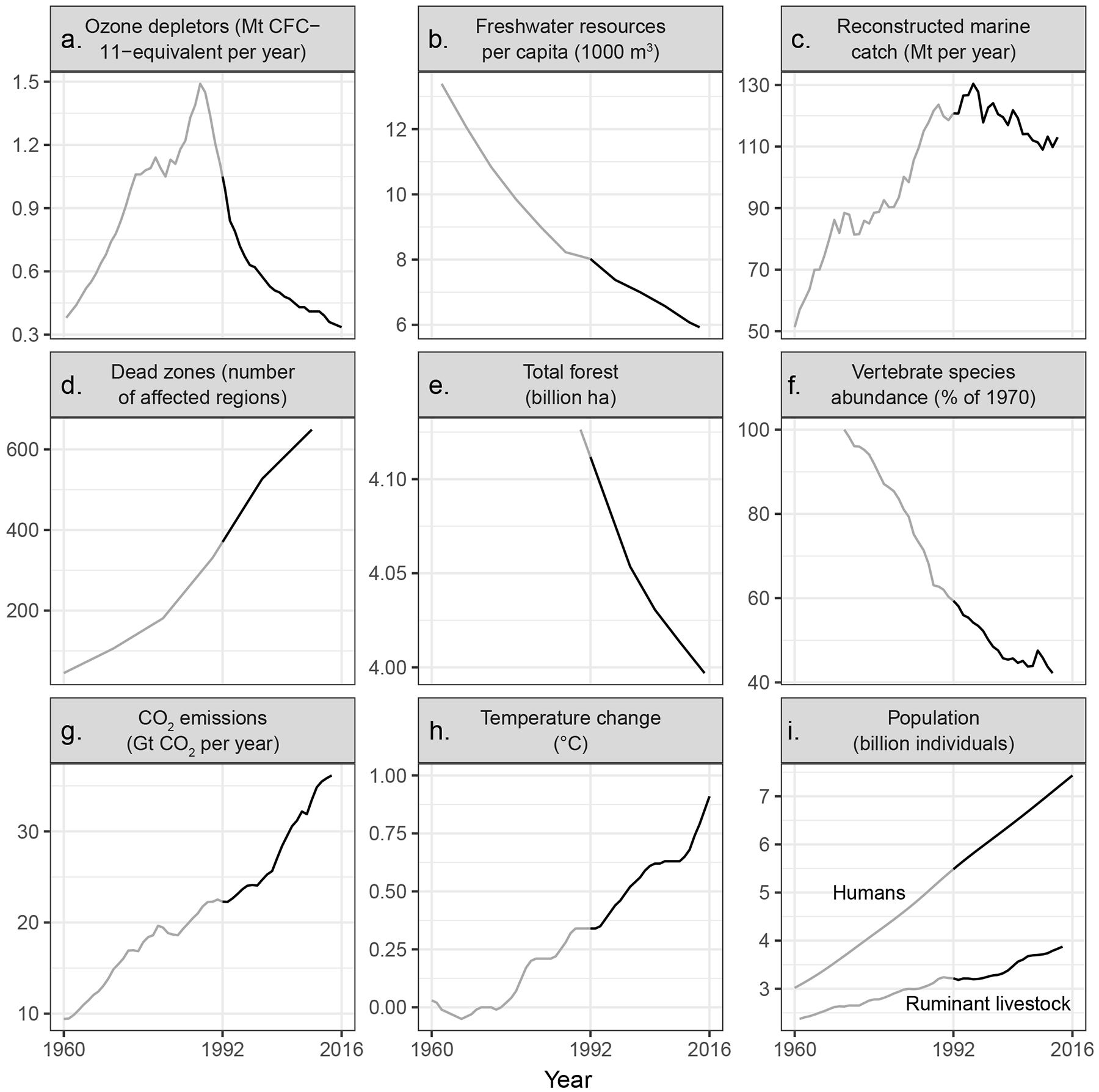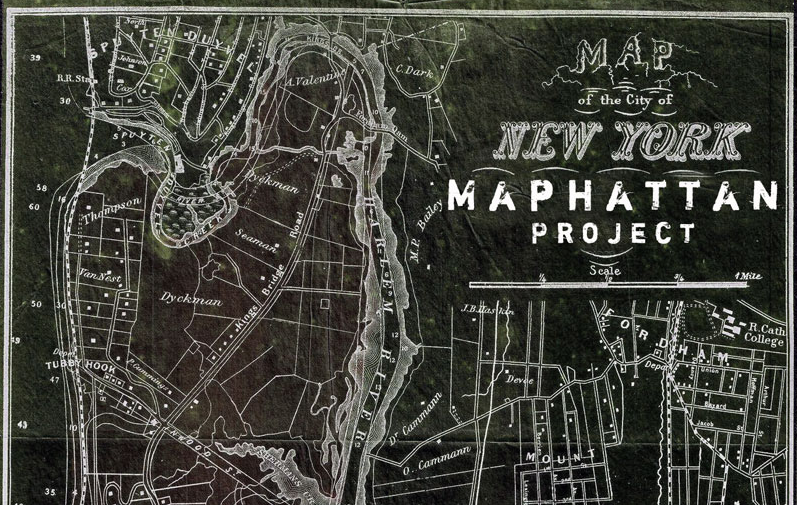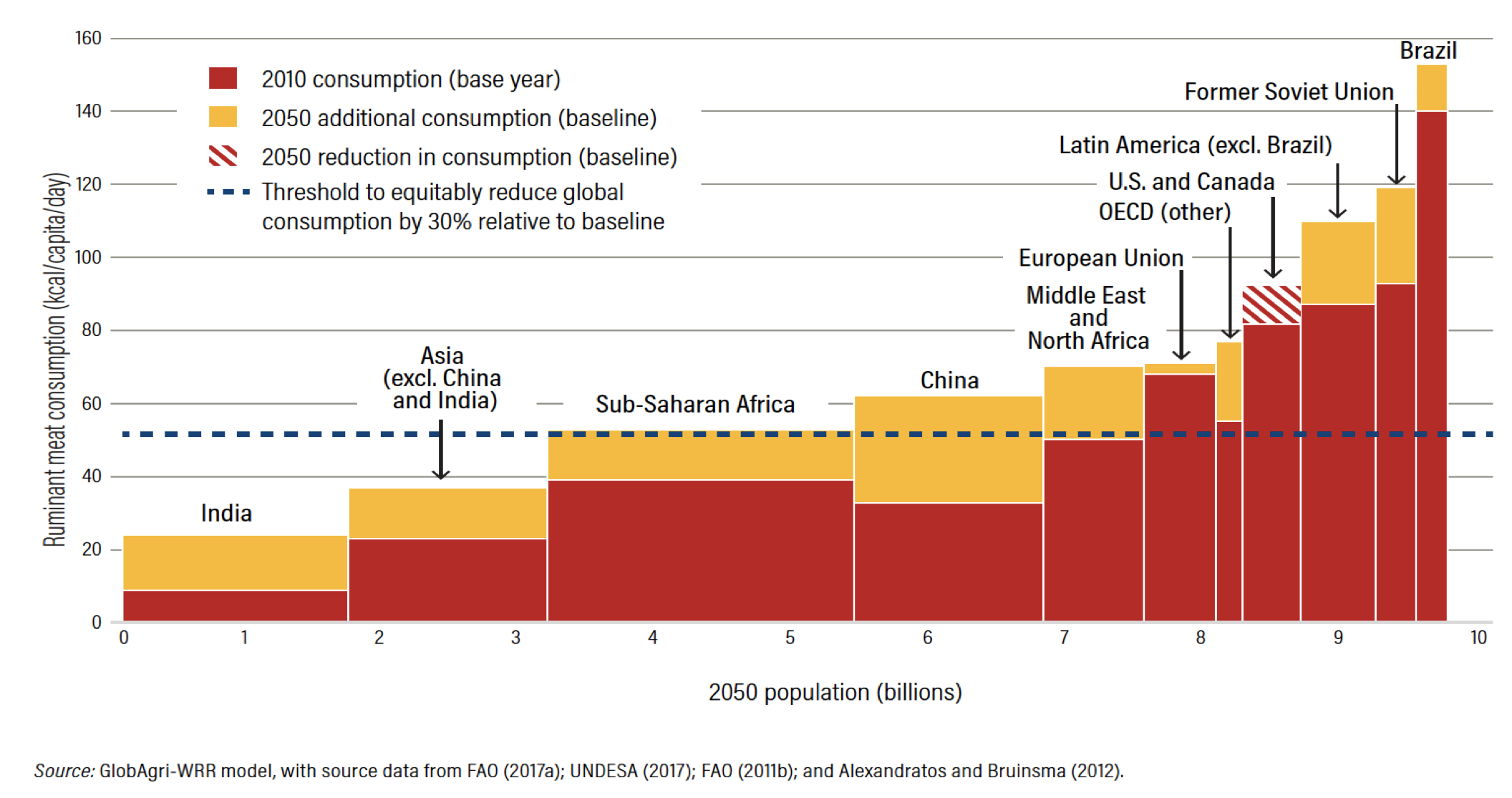As we approach this year’s climate summit, the Tears for Fears song “Everybody Wants to Rule the World” keeps running through my head.
Welcome to your life.
There’s no turning back.
When it comes to climate change, we are now moving on a linear path. No looking back, as painful as it is. While scientists have been warning us for decades — bordering half a century of ‘red flags’ in both evidence and advocacy — here is where we now sit. In the midst of a massive climate breakdown which will change the world as we know it.
The headlines read: Climate emergency. Climate breakdown. Climate crisis. Global heating, not global warming. It took a young girl, Greta Thunberg, to push governments — the rulers of our world — to take notice. It took an older gent, David Attenborough to scare the hell out of all of us. Fish stocks and biodiversity collapse, wildlife extinction, and with that, human extinction not being far behind.
But is anyone listening? Is there anyone out there? It seems rulers just want to keep ruling their kingdoms, playing that fiddle while Rome burns. Literally.
“All for freedom and for pleasure.
Nothing ever lasts forever.
Everybody wants to rule the world.”
Top on the list of Nero-like impersonators is Donald Trump. A buffoon, but a dangerous one. He has completely ignored the science, and refuses to cooperate with other nations by not ratifying the COP Paris agreement in which the the United States signed in 2015. By signing onto the COP, each country has in principle, agreed to reduce greenhouse gas emissions, use green energy sources and keep the world well below 1.5 degrees. This signing was an “intent.” But ratification is key. Since 2015, there are still some countries who have not legally ratified their agreement and they include Angola, Eritrea, Iran, Iraq, Kyrgyzstan, Lebanon, Libya, Oman, Russia, South Sudan, Suriname, Turkey, and Yemen. Trump is wanting to completely pull out let alone ratify. His next opportunity to do so will be in November 2020. Interesting timing yes?
This is all sad nonetheless. It would be one thing if the United States solely suffered from their silly political choices, but that is just not the case with climate (among other things). Everyone suffers from decisions of powerful rulers who just don’t give a shit.
The UN Secretary General’s remarks at the Climate Summit Preparatory Meeting said:
“It is plain to me that we have no time to lose. Sadly, it is not yet plain to all the decision makers that run our world. On the plus side, we have the Paris Agreement on climate change and a work programme agreed last year in Katowice. But we know that even if the promises of Paris are fully met, we still face at least a 3-degree temperature rise by the end of the century – a catastrophe for life as we know it. Even more worrying is that many countries are not even keeping pace with their promises under the Paris Agreement.”
The UN SG has reason to worry if one were to actually look historically at the data and trends. And the science holds up. Twenty-five years ago in 1992, the Union of Concerned Scientists comprised of 1700 independent scientists, wrote a canary in the coal mine (excuse the analogy…) piece entitled “World Scientists’ Warning to Humanity.” This group called on our global society to stop the environmental destruction being witnessed back then if we are to ensure that “vast human misery is to be avoided.” They expressed concern about past and future damage to the planet and outlined areas of concern involving ozone depletion, freshwater availability, marine life depletion, ocean dead zones, forest loss, biodiversity destruction, climate change, and continued human population growth. These scientists argued that we are fast approaching the limits of the biosphere and we may not be able to reverse the damage done.
Source: Ripple, W.J., Wolf, C., Newsome, T.M., Galetti, M., Alamgir, M., Crist, E., Mahmoud, M.I., Laurance, W.F. and 15,364 scientist signatories from 184 countries, 2017. World scientists’ warning to humanity: a second notice. BioScience, 67(12), pp.1026-1028.
Fast forward to 2017, another group of scientists looked back at their warning and evaluated the human response since that time by exploring available time-series data across a series of environmental indicators. Since 1992, with the exception of stabilizing the stratospheric ozone layer, humanity has failed to make sufficient progress on almost all of the environmental challenges outlined in the Warning paper, and in most cases, the situation has become much worse. The figure to the left shows the different trends tracked before and after 1992 in gray and black lines, respectively. Pretty dismal and downright scary to see the the massive deforestation, declines in species, increases in dead zones, and the steep rises in greenhouse gases and temperature.
How did our world get to this state? We are in the middle of a new experiment -- a democracy free fall in which global freedom, open political systems and free societies are threatened. The world experiences ebbs and flows in the history of time, and let us hope that the decisions of rulers, the political institutions that provide the checks and balances on these rulers, and our planet survive this ebb. As the UN SG said, we have to. We are in a battle for our lives.









